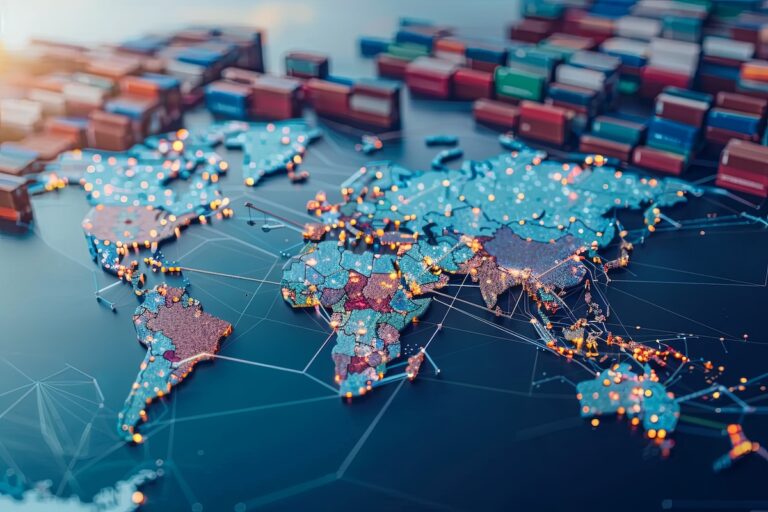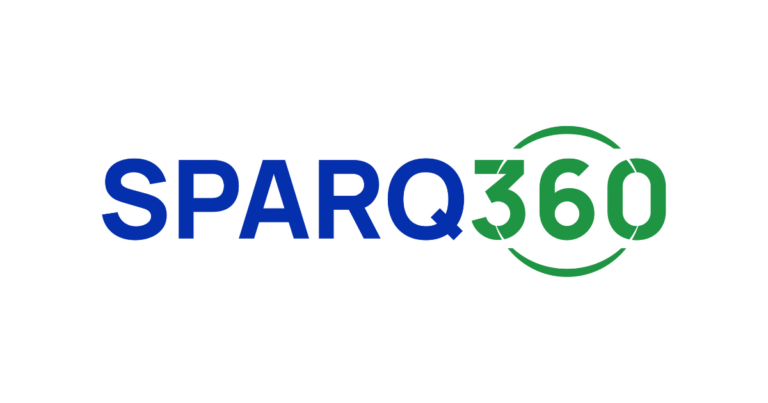Now Is Not the Time for Long-Term Supply Chain Strategy: Focus on Cost, Agility, and Survival
In calmer waters, long-term strategy is the captain’s map—the bold route plotted across oceans with an eye on the distant horizon.
But we are not in calm waters.
We are navigating fog, dodging geopolitical icebergs, and adjusting our course daily. In today’s world of fast-moving trade wars, tariff shifts, and unstable financial markets, now is not the time to commit to a 10-year course. It’s time to focus on the rocks right in front of the ship.
Geopolitical Unrest Has Redefined the Risk Map
From the Red Sea to the Taiwan Strait, global chokepoints once taken for granted are now flashpoints. Sanctions change week to week. Trade policies shift with elections and alliances. The EU’s evolving stance on environmental compliance, China’s opaque industrial policy, and U.S. tariff escalations are making global supply chain forecasts feel like guesswork.
In such volatility, a long-term supply chain redesign—rooted in outdated assumptions—can do more harm than good. The risk is not just being wrong. The risk is locking into a direction while the ground beneath you is still shifting.
The Stock Market Is Signaling a Repricing of Risk
With equity markets showing persistent signs of unease, the cost of capital is rising just as businesses are pressured to invest more in resilience and transformation. The margin for error is shrinking.
Investors are watching efficiency, not just vision. CFOs know this moment calls for practical gains—quick wins that improve bottom-line performance and demonstrate operational flexibility.
Regulatory Uncertainty Is Accelerating, Not Settling
Supply chains are now expected to adapt to fragmented regulatory frameworks—from Europe’s CSRD and CBAM, to California’s emissions laws, to India’s new digital traceability mandates.
Companies betting on long-term global sourcing strategies risk being blindsided by emerging localization requirements, forced decoupling, or reporting regimes that make current operations noncompliant.
The Competitive Landscape Is Getting More Cutthroat
As margins shrink and demand shifts, competitors are optimizing—not strategizing. Winning today means getting leaner, faster, and smarter. While strategy may define future winners, today’s losers will not survive to enjoy it.
That means focusing on:
- Cost-cutting initiatives that don’t sacrifice service
- Lean inventory and smarter procurement
- Shorter-term digital investments with measurable ROI
- AI and automation that improve forecasting and reduce human bottlenecks
Even leading-edge technology must serve immediate competitiveness—not be part of some distant transformation plan.
What to Do Instead of Long-Term Strategy
This is a time for tactical resilience. Here’s how smart companies are moving:
Build optionality into your supply chain
Optionality isn’t a luxury anymore—it’s an operational necessity. That means creating supply chains that can pivot quickly when routes are blocked, suppliers go offline, or geopolitical conditions change overnight. Relying on a single supplier, region, or mode of transport is a risk exposure few companies can afford right now. The better approach is dual- or multi-sourcing, nearshoring when possible, and regionalizing operations to keep goods flowing even when one part of the system stutters.
Building optionality also involves balancing redundancy with cost control. You don’t need to duplicate every part of your supply chain—but you do need to know where the chokepoints are and have viable alternatives ready. This may involve creating tiered supplier networks, investing in digital supply chain twins for simulation, or even stockpiling strategic materials. The goal is flexibility, not fragility.
Double down on visibility and analytics
Visibility is no longer just a tool for optimization—it’s a weapon against chaos. With supply chain disruptions happening at increasing speed and scale, companies that rely on quarterly reports or lagging KPIs are already behind. The focus now must shift to real-time data, granular analytics, and proactive decision-making tools that surface problems before they impact performance.
Investing in visibility doesn’t always mean a full-scale ERP overhaul. It could be as targeted as integrating shipment tracking across critical lanes, deploying AI-enabled demand sensing, or linking supplier portals to inventory dashboards. The key is clarity and speed. When you can see where risk is forming—whether in transit delays, production slowdowns, or regulatory bottlenecks—you can act, not just react.
Target efficiency everywhere
Efficiency isn’t about squeezing teams to do more with less—it’s about removing waste, cutting redundancy, and using fewer resources to achieve the same or better outcomes. That starts with a forensic look at your cost structure. Where are the avoidable freight fees? Where are the warehouses operating below optimal utilization? Are there process steps that no longer serve a function but persist because of legacy systems?
Small improvements compound quickly. Renegotiating carrier contracts, right-sizing safety stock, and using AI to optimize routes or labor scheduling can all drive savings in months, not years. And in this climate, every saved dollar extends your company’s strategic runway. The most competitive companies right now aren’t necessarily growing—they’re optimizing, so they can win when others falter.
Stay flexible on ESG compliance
Regulatory frameworks related to sustainability are multiplying—and diverging. What satisfies one region’s carbon disclosure laws might not even qualify in another. Europe’s CSRD and CBAM, California’s SB 253, India’s traceability mandates, and China’s localized data compliance policies all represent radically different approaches to ESG compliance. That means committing to a single global playbook is risky.
Instead, companies should design flexible ESG frameworks that can plug into multiple reporting requirements. Think modular data collection systems, region-specific reporting layers, and flexible supplier onboarding protocols that capture both emissions and ethical sourcing data. This gives you breathing room to adapt as regulations evolve—and proves to customers, regulators, and investors that you’re not just compliant, but ready for what’s next.
Leverage technology as a force multiplier
Technology, when applied smartly, can deliver meaningful wins without long payback periods. Cloud-based tools, AI, and automation are no longer future bets—they are today’s competitive edge. When used tactically, digital solutions can reduce lead times, eliminate manual errors, and improve agility across procurement, planning, and fulfillment functions.
Rather than locking into massive transformation projects, companies should prioritize technologies that can plug into existing systems and generate quick returns. Modular solutions, low-code platforms, and interoperable tools make it easier than ever to incrementally digitize operations. It’s not about reinventing the entire tech stack—it’s about making smarter, faster choices that sharpen your edge.
A Final Thought: Strategy Will Matter Again—Just Not Today
The storm won’t last forever. But right now, the companies that will make it to the next port aren’t the ones with the best 2030 roadmap. They’re the ones with the best eyes on the water, the leanest ships, and the most responsive crews.
There will be a time for long-term strategy again. But not today. Not in this weather.
Now is the time to survive, adapt, and sharpen your edge.







